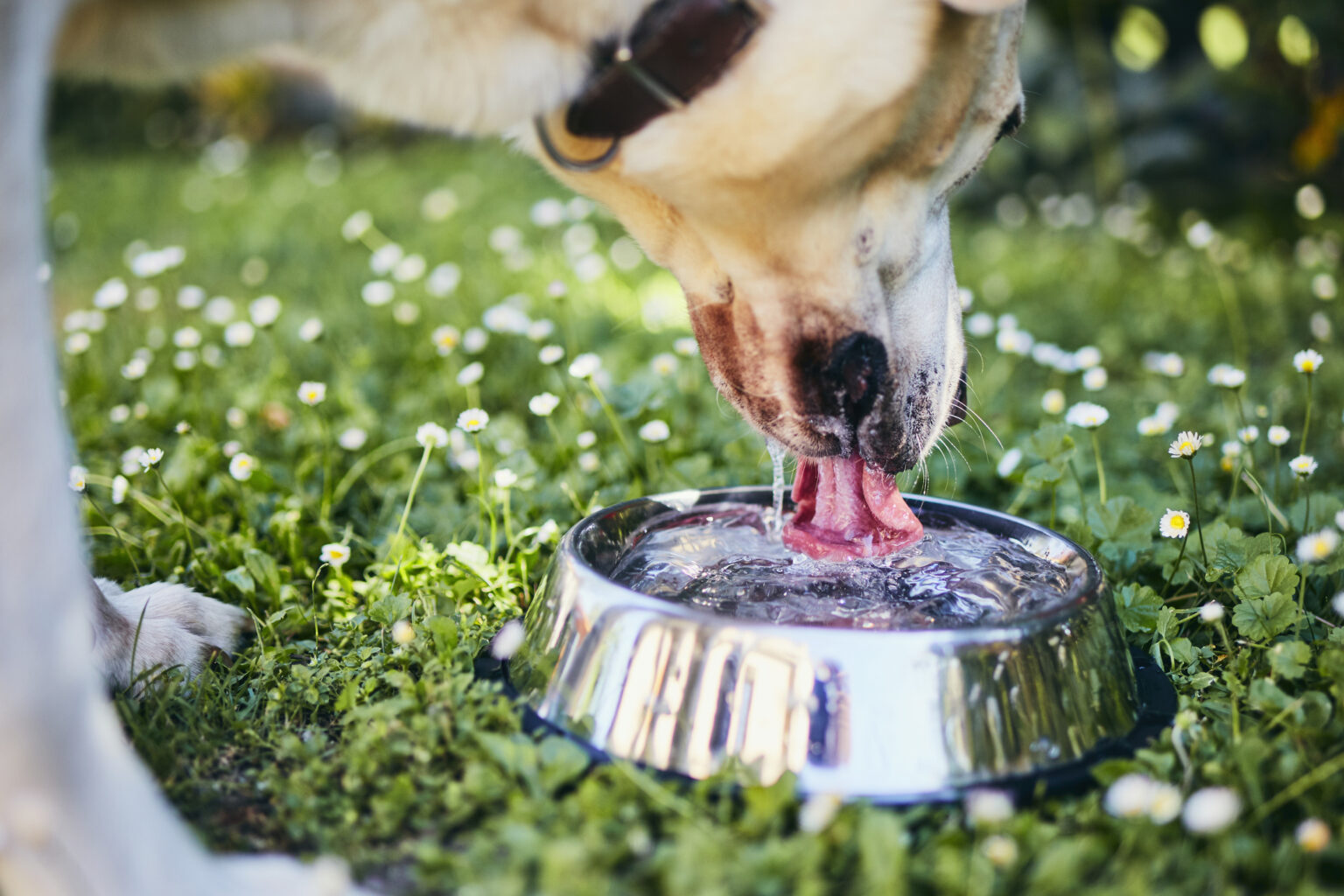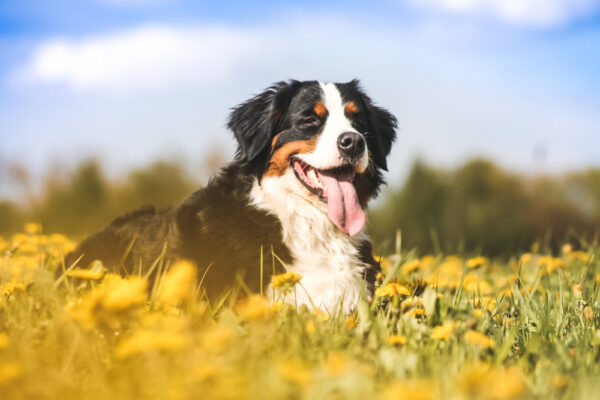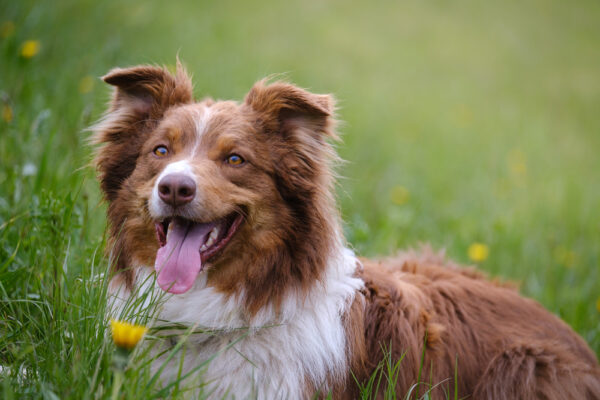The summer months are our favourite, from warmer days and lighter evenings, to the reduced risk of muddy pawprints through the house. But as the season heats up, pet hydration should be top of your list. Read on for our top tips on keeping pets happy and hydrated in the heat.
It will come as no surprise that dogs and cats are less equipped to deal with the heat than humans, predominantly because they’re permanent wearers of fur coats, but also because they have limited ability to sweat. The glands that cool them down are only found in their paw pads, making it a greater effort for their bodies to regulate higher temperatures and hot spells.
Cats and dogs mostly cool down by panting, helped along by grooming and convection, which is the movement of air over the body. But as you can imagine, panting can be hard, and thirsty, work. To keep pets as comfortable as possible, an unlimited supply of cool water is essential in hot weather.
Hydration is key
When we talk about water balance and hydration, kidney health is a hot topic. Kidneys take on many roles, from helping control blood pressure to making hormones. But the most important role kidneys play is balancing water and salt levels, and so keeping blood flow healthy and ‘clean’.
If your pet isn’t drinking enough to replenish lost fluids, their kidneys will step in and save water by allowing less fluid to escape through the body. Their urine will be more concentrated, with a darker look and stronger smell.
If your pet’s kidneys are damaged, which can sometimes happen during the ageing process, then it’s not unusual for them to be drinking more than usual and therefore passing urine more frequently. If their kidneys stop working completely, little or no urine will be produced.
It’s important to seek expert help if your pet dramatically changes the amount they drink or the amount of urine they pass. As well as kidney disease, changes in thirst can also indicate diabetes as well as other diseases. There’s no need for serious concern as it may be a case of hot weather creating these changes, but you should always seek professional advice if you have any concerns.
How dehydration impacts your pet
The most common way a pet gets dehydrated is by not drinking enough fluids, whether that’s because the water bowl hasn’t been filled regularly enough or if that’s because there’s competition. If you have one dominant pet, it might be worth providing additional water bowls in different locations, particularly as temperatures rise. And if you have an older pet, be sure their water bowl is easy to access, maybe even placing it on a table or stand so it reaches head height.
Sometimes, pets can get dehydrated when they’re losing fluid faster than usual. This might be down to excessive panting during higher temperatures, or if they’re suffering from an illness like vomiting or diarrhoea.
Remember, serious dehydration can cause your pet to get very ill in a very short amount of time, so don’t ignore the signs.
How to spot dehydration
A quick way to test your pet’s dehydration is to grasp some of the skin on the back of their neck and release it. It should instantly fall back into place. If it’s slower to sink back, it could be a sign of dehydration, which causes skin to lose elasticity. You can remedy mild dehydration by providing plenty of water for your pet to drink. If it’s a serious case, your pet may need a drip to get fluid into the bloodstream, usually if he or she can’t drink, or if for any reason they can’t absorb fluid from the digestive system.
Some other signs that your cat or dog might be suffering from serious dehydration might be:
- A quickened heart rate
- Dry gums or mouth
- Sunken eyes
- Cold ears
Summer is a season you and your pet should enjoy, along with the sunshine, but preparing your pet and being mindful of the temperature will make it all the more enjoyable for everyone.



